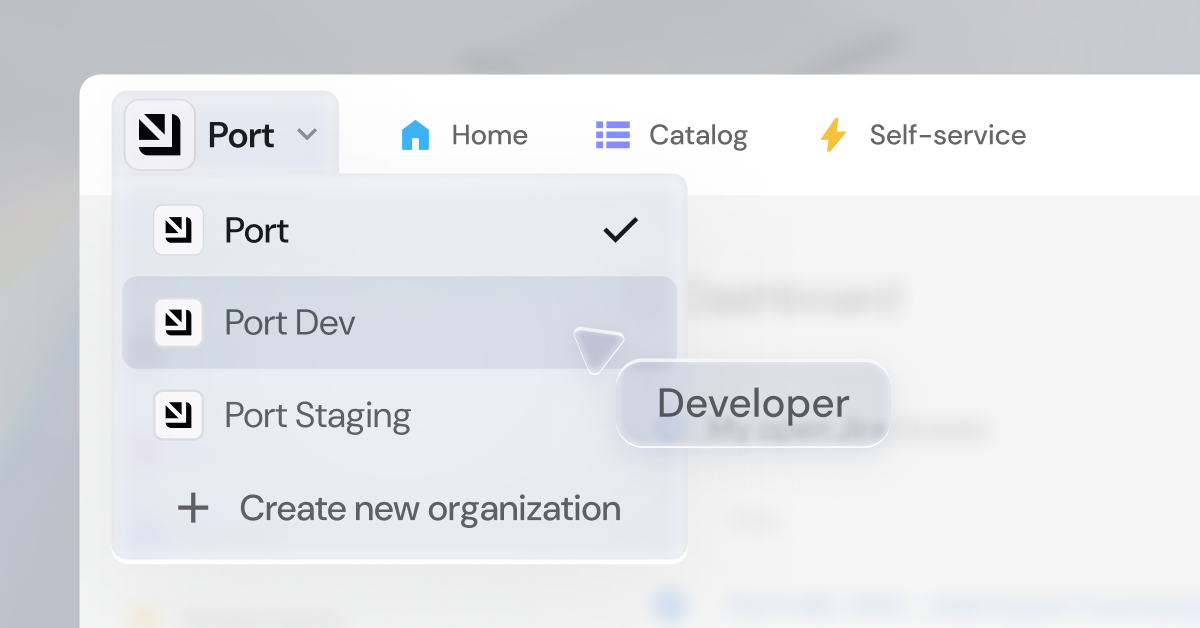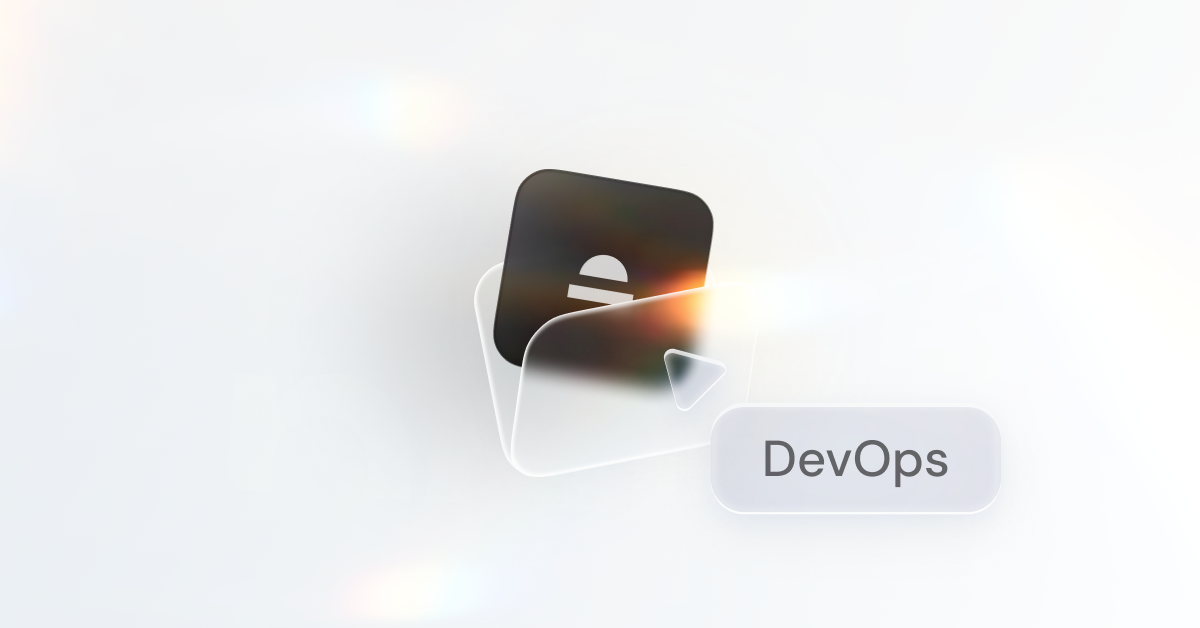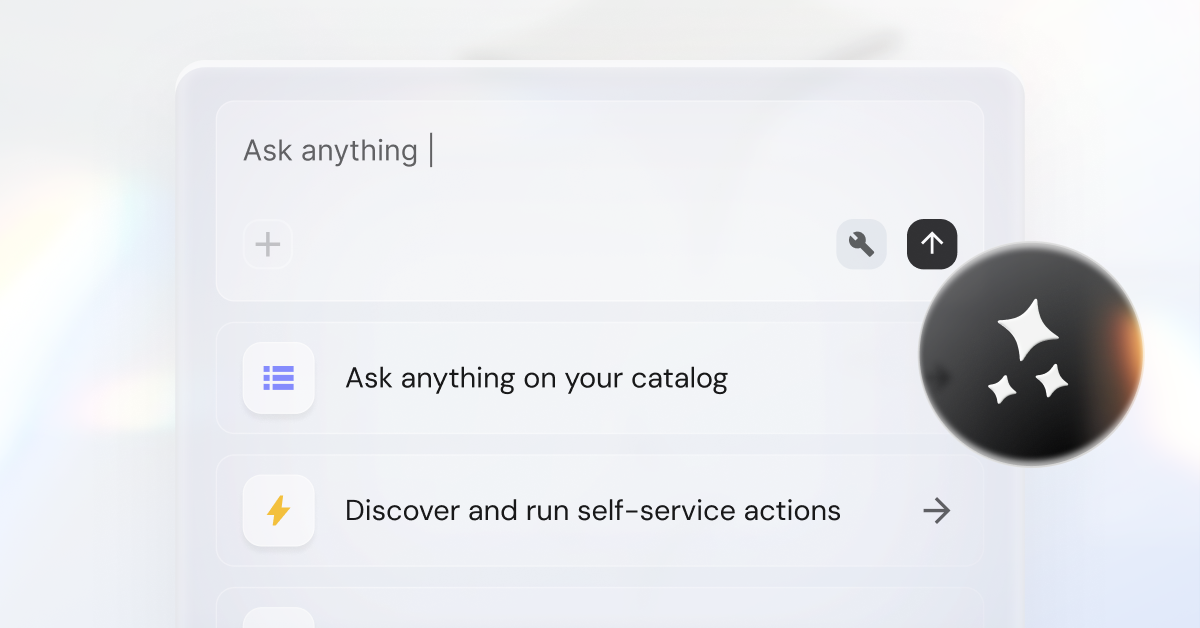Deployment frequency: How to increase it with 5 key strategies



Editor's note: This post was updated on 17 June 2025 to address changes to Port features, add new competitors, and discuss new developments in platform engineering generally. Port updates posts regularly to provide the highest-quality information possible to our readers.
Increasing deployment frequency drives engineering teams to respond quickly to customer needs, fix bugs faster, and release updates with greater consistency. However, many teams are uncertain about what counts as a deployment, how to measure its success over time, or where to start elevating performance.
This post defines deployment frequency and outlines five strategies for releasing features more frequently. It also explores how Port augments these approaches by automating workflows, minimizing risks, and centralizing pipeline data to speed up deployments.
What is deployment frequency?
Before we cover the five improvement strategies, let’s first clarify the role of the deployment frequency metric. Deployment frequency measures how often engineering teams release code changes to production, such as bug fixes, new versions, and future deployments.
Engineering teams can track this metric alongside the other DevOps Research and Assessment (DORA) metrics to compare past and current development speeds. Teams with a better understanding of deployment velocity can predict future delivery timelines more precisely and elevate productivity.
Benefits of increasing your deployment frequency include:
- Responding to customer feedback faster and incorporating it into frequent iterations, offering a fresh product experience for users
- Building a culture of continuous improvement and experimenting more freely when releasing code
- Accelerating release cycles and reducing time to market (TTM)
- Cutting the time it takes for code changes to move into development or production
How to measure deployment frequency
To measure deployment frequency, teams must build timeframes, track deployments, perform relevant calculations, and more. Here’s a breakdown of each component:
- Count deployments within a given timeframe (e.g., daily, weekly, monthly, etc.). This quantifies your team’s release speed, revealing their agility and opportunities for improvement. For this calculation, simply divide the number of successful deployments by your chosen timeframe.
- Employ CI/CD pipeline automation tools, including Jenkins, GitLab, or Azure Pipelines, to track deployments through detailed logs.
- Deploy a version control system (VCS) to track commits and pull requests (PRs), locate code in production, and resolve issues quickly.
Why tracking all DORA metrics matters
Many engineering leaders believe that increased deployment frequency signals better software team performance. But a high deployment frequency only indicates that teams deploy faster; it doesn’t guarantee that releases are also high-quality unless a proven build, test, and deployment process is established.
Teams must balance velocity and quality by tracking all four DORA metrics. For instance, higher deployment frequency can increase change failure rates, requiring a shorter lead time for changes or faster mean time to recovery (MTTR).
By measuring all DORA metrics, teams can gain a deeper understanding of their delivery performance, mitigate production issues, and strike the perfect balance between speed and reliability.
Discover more about the DORA measurement framework and how it unveils the performance of software delivery processes.
Ways of contextualizing your deployment performance
DORA lays out four categories for characterizing a team’s deployment performance. These benchmarks include:
- Elite performers: On-demand or multiple deploys per day
- High performers: Once per day to once per week
- Medium performers: Once per day to once per month
- Low performers: Once per day to once per month
This assessment helps teams identify performance gaps and track their progress toward achieving elite status.
Five practical approaches to boost deployment frequency
Now that you understand how to track deployment frequency, follow these five strategies to elevate your team’s software delivery speed.
1) Automate your CI/CD pipelines
CI/CD automation fuels faster building, testing, and deployment of code changes through tools like Jenkins. According to CircleCI’s 2025 State of Software Delivery report, pipeline automation accelerates engineering teams’ update releases three times over.
This drives engineering teams to deploy more frequently and with greater confidence by:
- Minimizing manual errors through automated code quality verification.
- Accelerating feedback loops, resulting in faster bug detection and resolution.
- Standardizing proven workflows to replicate success and accelerate releases.
When discussing throughput, which is similar to deployment frequency, the CircleCI report mentions that standardizing throughput by team, such as by introducing automated CI/CD, can focus improvement efforts on individual and team productivity rather than the impact of resource reallocation or headcount changes.
2) Focus on incremental changes
Making small, incremental code changes is one of your biggest opportunities to improve DORA metrics overall. You can reduce risks associated with larger deployments and releases with smaller updates; teams can test changes more seamlessly and spot issues early in the software development lifecycle (SDLC).
Incremental changes can accelerate rollbacks, shorten MTTR, and reduce your change failure rate, a key DORA metric that measures the percentage of changes causing system failures.
3) Embrace infrastructure as code
Deploy an open-source infrastructure-as-code (IaC) tool like Terraform to automate server, network, and database configurations. An IaC tool cuts setup time, eliminates errors caused by manual configuration, and guides teams to create identical environments across development, testing, and production.
Moreover, your engineering team can deploy an IaC tool to achieve the following:
- Mitigate critical deployment issues and initiate rollbacks quickly.
- Store infrastructure configurations in Git to track and review updates or changes.
- Integrate with an internal developer portal (IDP), such as Port, to codify workflows and establish “golden paths” for repeatable, successful processes.
In addition to elevating deployment frequency, IaC can lower infrastructure expenses by 30 percent through automated provisioning.
{{cta_4}}
4) Break down collaboration silos
Unify your development, operations, and QA teams to boost inter-team collaboration and ownership. When teams understand how their work positively influences others and accelerates software delivery, they actively look to eliminate bottlenecks and friction.
Breaking down silos encourages teams to own their work. Platform engineering offers this autonomy to teams, uncovering bottlenecks they can tackle.
Key indicators of a successful collaborative culture include efficient information sharing, trust in teams’ diligence, and speeding up work without compromising accuracy and quality. It’s also about setting realistic weekly deployment targets and working to achieve them.
5) Employ feature flags
Feature flags let engineering teams deploy changes with controlled visibility, offering a gradual rollout before a full release. Once deployed, only select users will conduct real-world testing. This limitation prevents the entire user base from experiencing potential issues in the latest release.
Feature flags offer several key advantages to boost deployment velocity, including:
- A/B testing to refine products and enhance the user experience (UX).
- Early feature validation and early bug identification, before new versions are released to end users.
- Faster change rollbacks and version improvements.
How Port speeds up your deployment frequency
Enterprises deploy Port to cut delays and build clear, successful, and faster paths to deployment. Organizations like Space International implemented Port to increase deployment frequency by 9x the industry average. Port’s Engineering 360 and release management are among the solutions that accelerate deployments.
Engineering 360
Engineering 360 provides real-time DORA metric visibility and engineering feedback, enabling leaders to locate friction points and take action faster. When combining qualitative data from surveys with DORA metrics like deployment frequency, teams gain fully integrated insights and can more easily locate and eliminate bottlenecks. Here are the key advantages of the Engineering 360 solution:
- Centralizes deployment data across CI/CD tools like Jenkins, GitLab, and GitHub Actions, making it easier to track, analyze, and improve release velocity.
- Integrates with your IDP and automates workflows to locate blockers or friction points and clear them within one location.
- Incorporates feedback loops via in-app surveys to surface hidden bottlenecks and inefficiencies that slow down releases.
- Presents survey data that uncovers frustrations and sentiments, backed by hard metrics.
- Provides clear visibility into software delivery, productivity, and quality, and how they evolve.
- Offers a clear onboarding path and step-by-step setup so teams can start tracking engineering health and move faster.
Release management
Port’s release management provides a golden path to production. It automatically gathers deployment data from popular CI/CD tools such as Jenkins, so teams can track deployments in real time. Further, Port’s release management solution lets engineering organizations:
- Automate repeatable tasks across the SDLC using customizable workflows and golden paths to reduce delays from manual processes.
- Enable release self-service, allowing engineers to deploy without waiting on ops or platform teams.
- Spend more time overseeing infrastructure rather than juggling an overload of developer tickets.
- Follow golden paths to standardize deployment workflows and avert delays.
- Initiate self-service releases and enforce standards like security policies and pre-release reliability checks.
- Deploy AI-powered capabilities to pinpoint failures and accelerate shipping.
- Strengthen rollback-readiness by standardizing deployment workflows with built-in compliance and pre-release checks.
{{cta_5}}
Boost your deployment frequency
Consistently employ best practices, strengthen workflow security, and automate workflows throughout the SDLC to improve your engineering teams’ deployment frequency.
By following the five key strategies outlined in this article, coupled with Port’s solutions, you can uncover the path to faster and more frequent deployments for your team.
FAQ
What tools automate deployment pipelines?
Popular tools include Jenkins, GitHub Actions, and GitLab, automating build, test, and deployment processes for faster releases.
How do feature flags minimize deployment risks?
Feature flags serve as on/off toggles that release updates to specific users, preventing potential failures from impacting the complete user base.
What are the common challenges to increasing deployment frequency?
Common challenges include manual, error-prone testing, unclear ownership, siloed teams, and misalignment.
Get your survey template today
Download your survey template today
Free Roadmap planner for Platform Engineering teams
Set Clear Goals for Your Portal
Define Features and Milestones
Stay Aligned and Keep Moving Forward
Create your Roadmap
Free RFP template for Internal Developer Portal
Creating an RFP for an internal developer portal doesn’t have to be complex. Our template gives you a streamlined path to start strong and ensure you’re covering all the key details.
Get the RFP template
Leverage AI to generate optimized JQ commands
test them in real-time, and refine your approach instantly. This powerful tool lets you experiment, troubleshoot, and fine-tune your queries—taking your development workflow to the next level.
Explore now
Check out Port's pre-populated demo and see what it's all about.
No email required
.png)
Check out the 2025 State of Internal Developer Portals report
No email required
Minimize engineering chaos. Port serves as one central platform for all your needs.
Act on every part of your SDLC in Port.
Your team needs the right info at the right time. With Port's software catalog, they'll have it.
Learn more about Port's agentic engineering platform
Read the launch blog
Contact sales for a technical walkthrough of Port
Every team is different. Port lets you design a developer experience that truly fits your org.
As your org grows, so does complexity. Port scales your catalog, orchestration, and workflows seamlessly.

Book a demo right now to check out Port's developer portal yourself

Apply to join the Beta for Port's new Backstage plugin
Further reading:

Learn more about Port’s Backstage plugin


















